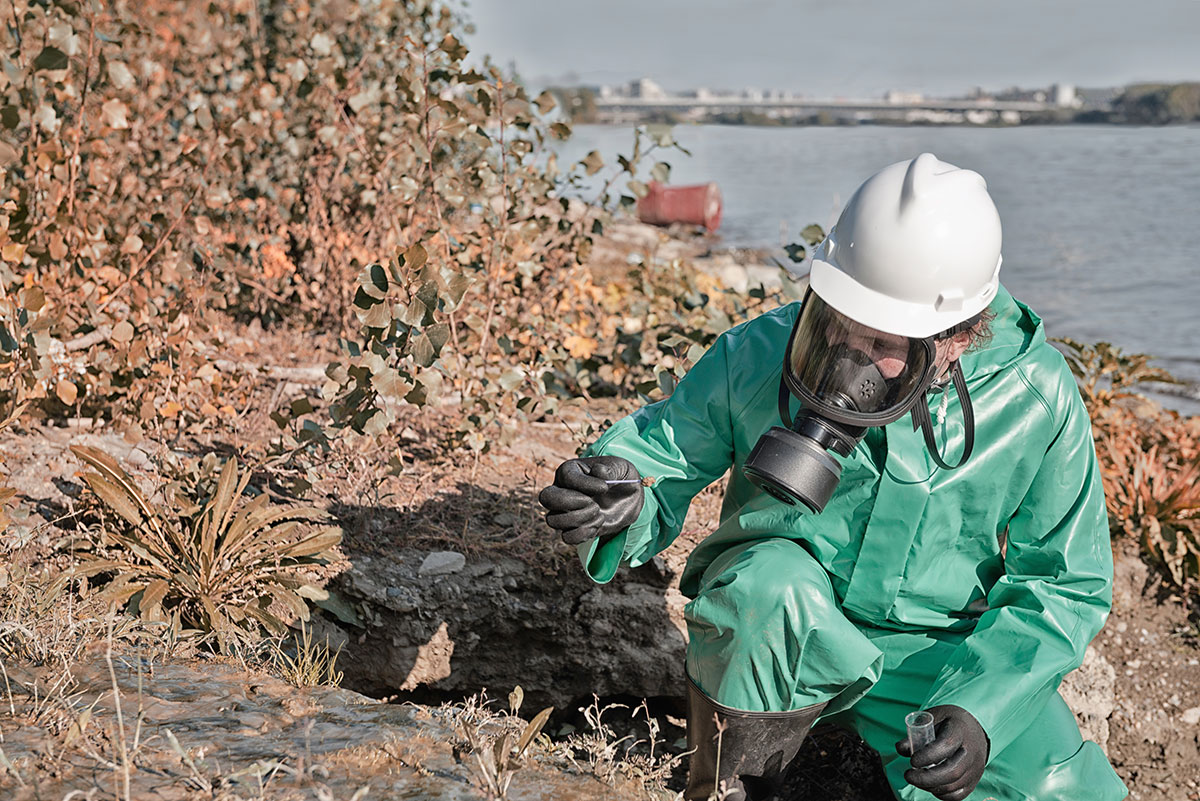EPA Superfund Management
What is Superfund?
Congress enacted the Comprehensive Environmental Response, Compensation, and Liability Act (CERCLA) in 1980. This act, which is commonly known as Superfund, enables the EPA to clean up sites that have been contaminated with hazardous waste through improper management. Superfund requires that the parties responsible for the contamination clean up the problem areas or reimburse the government for cleaning actions led by the EPA. The ultimate goal of the program is to return contaminated sites to productive use.

How it works
CERCLA provides for two sorts of response actions, one for short-term hazardous waste removals and one for long-term remediation. In both cases, Potentially Responsible Parties (PRPs) must be identified and contacted; if none can be identified, the EPA takes remedial actions using funds from a trust established for this purpose.
Potentially Responsible Parties
PRPs are entities that have contaminated the site. The Superfund enforcement program finds these PRPs and negotiates with them to have them clean the site themselves or pay for the cleanup by the EPA, state, or designated waste management company.
Superfund cleanup
There are nine phases in Superfund site cleanup. The following is a summary of the EPA’s Superfund Cleanup Process page.
- Site Assessment: Much like a Phase I audit, this step involves reviewing historical records and searching the site to see if contamination exists or if the site poses a threat to the environment and the public.
- National Priorities Listing Process: After the site is inspected and ranked with the Hazard Ranking System, it may be added to the National Priorities List (NPL), a list that indicates hazardous waste sites that pose the most significant threat.
- Second Investigation and Feasibility Study: This phase involves a reinvestigation of the extent of the contamination. This information will be used to create a plan for treatment, which will also include the costs of recommended actions.
- Records of Decision: The Records of Decision (ROD) is a formalized plan for cleanup. The EPA will recommend a remediation strategy, allow time for public comment, then compile the final ROD.
- Remedial Design and Action: Based on the ROD, the responsible party and/or their contractors will develop a more detailed plan for cleanup, which will be followed by the implementation of that plan.
- Construction Completion: PRPs complete the physical cleanup of the area.
- Post Construction Completion: This is an ongoing phase to ensure that the site cleanup continues to keep the environment and the public healthy.
- NPL Deletion: After all cleanup goals have been met, the EPA removes the site from the NPL.
- Site Reuse/Redevelopment: The remediated site can now be used for other purposes.
Penalties for noncompliance
If the identified PRP refuses to clean the site, the EPA may work with the Department of Justice to enforce the order. The severity of the penalties are commensurate with the offense and may be adjusted for things like duration of noncompliance or the nature of the offense.
Stipulated penalties are those that are agreed upon by both the PRP and the CERCLA representatives for offenses that may occur in the future. The primary intent of these penalties is to create a compliance incentive.
Finally, the EPA may seek treble damages from PRPs that refuse to comply with unilateral administrative orders. The goals of all penalties are to remedy environmental issues as quickly as possible and to deter future infractions.
If your business has been designated as a PRP and you need assistance in remediating your site, Clean Management offers Superfund management services. Request a free quote today.






